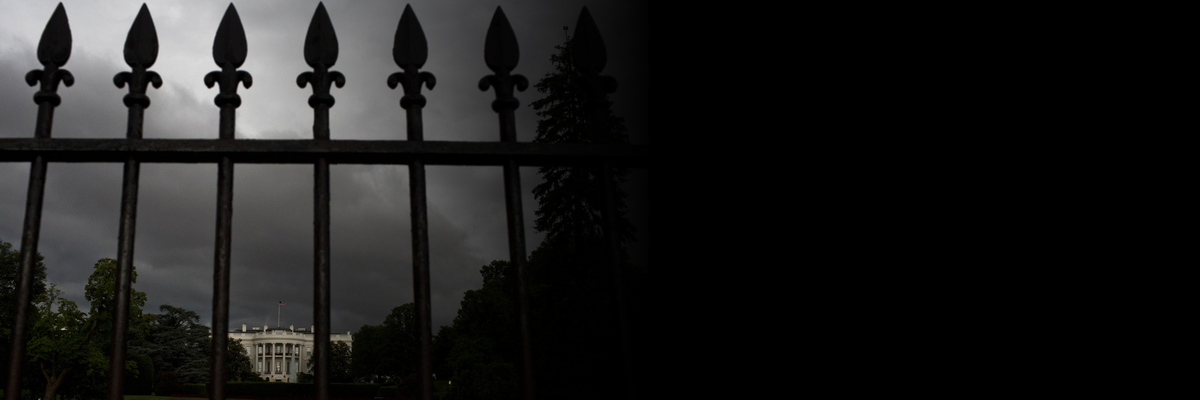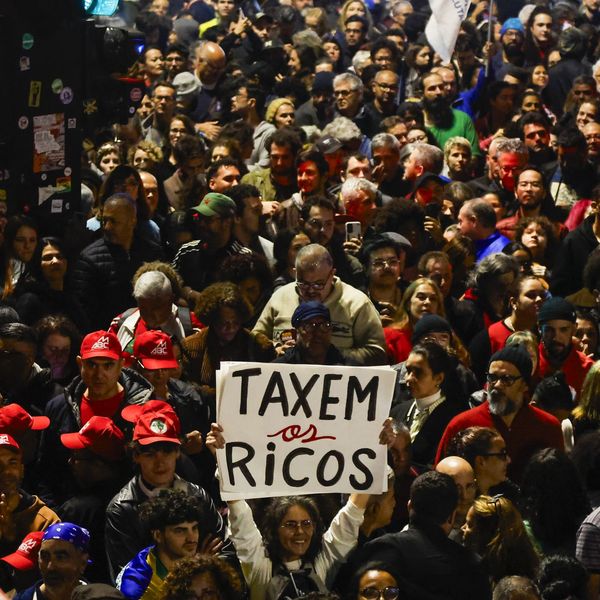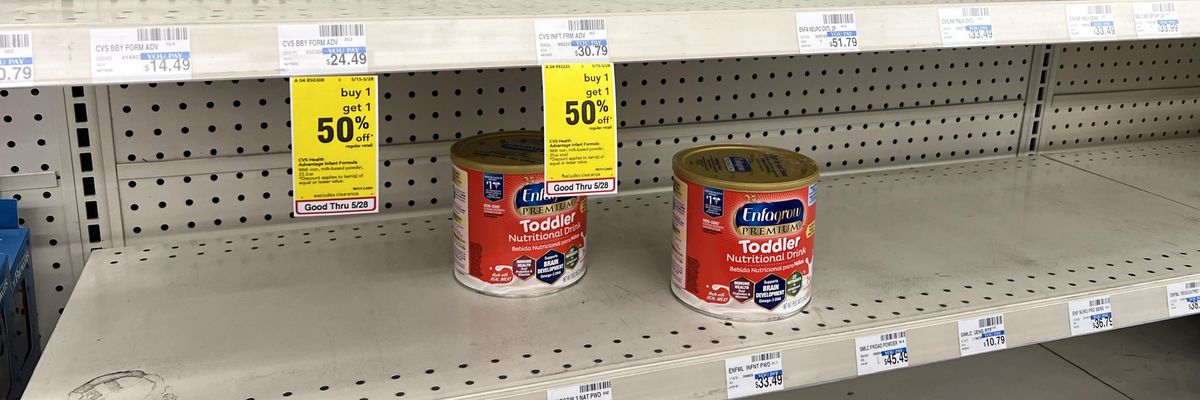Shares of Apple lost 10% of their value in the first four months of the year. This may explain why Apple announced on Thursday that its board authorized $110 billion in stock buybacks, the largest buyback in U.S. history. It may also explain why, on Saturday, Warren Buffett—the “Oracle of Omaha”—announced that his company, Berkshire-Hathaway, would sell a big portion of its stake in Apple.
It is impossible to understand what’s happening to the American economy without considering the surge of stock buybacks—in which a corporation buys back shares of its own stock to artificially boost its share price, by creating fewer outstanding shares.
Large corporations are now devoting nearly 70% of their profits to buybacks.
Abbott Labs spent $5 billion on stock buybacks while allowing plant conditions to deteriorate to the point where bacterial contamination of baby formula resulted in infant deaths and a nationwide formula shortage.
Stock buybacks have also become a major force behind widening inequality. They mostly benefit CEOs and the richest 1% of the public, who own more than half of all shares of stock owned by Americans.
There is no reason for them. Before Ronald Reagan’s Securities and Exchange Commission allowed them in 1982, buybacks were treated as illegal stock manipulations in violation of the 1933 and 1934 Securities and Exchange Acts.
Yet they’re still stock manipulations. By using inside knowledge of when and how buybacks are scheduled, corporate executives can time when they exercise their own stock options—which now constitute most of their compensation—to reap maximum benefits for themselves.
Buybacks also impose a huge cost on the economy.
Every dollar spent lining the pockets of CEOs and investors is a dollar less to upgrade equipment and protect workers and the public.
Boeing failed to follow through with a promised $7 billion safety redesign of its 737 aircraft while it was spending roughly that much each year on stock buybacks.
Norfolk Southern Railroad paid investors $18 billion in buybacks and dividends over the five years before its equipment malfunctioned in the disastrous derailment in East Palestine, Ohio, which released over 300,000 gallons of toxic and flammable chemicals into the air and soil.
Abbott Labs spent $5 billion on stock buybacks while allowing plant conditions to deteriorate to the point where bacterial contamination of baby formula resulted in infant deaths and a nationwide formula shortage.
Money spent on buybacks also means less money for research and development, which hobbles American competitiveness at a time when China is breathing down our necks.
Apple now spends twice as much on stock buybacks as on R&D. Over the last fiscal year, Apple doled out $78 billion on buybacks.
Intel, the largest chip maker in America, with revenues last year of $54 billion, was recently awarded an $8.5 billion grant from the federal CHIPS and Science Act, plus $11 billion in subsidized loans.
But Intel fritters away its profits on stock buybacks. Its website proudly touts that it has spent $152 billion on stock buybacks since 1990.
There’s no way to be sure Intel isn’t using CHIPS money for stock buybacks. As Maryland Senator Chris Van Hollen noted: “While the legislation specifically prohibits the use of CHIPS funds for stock buybacks and dividend payments, these restrictions do not explicitly prohibit award recipients from using CHIPS funds to free up their own funds, which they can then use for those purposes.”
As if all this weren’t bad enough, stock buybacks provide an added incentive for companies to monopolize their industries and keep prices high.
A new Roosevelt Institute analysis found that the 10 largest publicly traded fast-food corporations spent $6.1 billion on buybacks last year. At the same time, they hiked prices to consumers. The average markup in the fast-food industry jumped 8.4% last year, while markups for firms across all industries grew 6.2%. Fast-food corporations lasts year charged prices 27% above the marginal cost of production.
According to Oxfam’s recent report, America’s 200 largest corporations are more profitable than ever. Net profits soared to $1.25 trillion in 2022, a 63% increase over 2018. But 90% of that sum was paid out to shareholders ($448 billion as dividends and a record $681 billion as stock buybacks).
And because CEO pay is linked to share prices, CEO pay is through the roof. The typical worker’s pay is higher than it was two years ago, adjusted for inflation, but it is still in the cellar.
In sum, the social costs of stock buybacks continue to surge.
What’s the answer to all this?
Ban stock buybacks—as they were banned before 1983.



